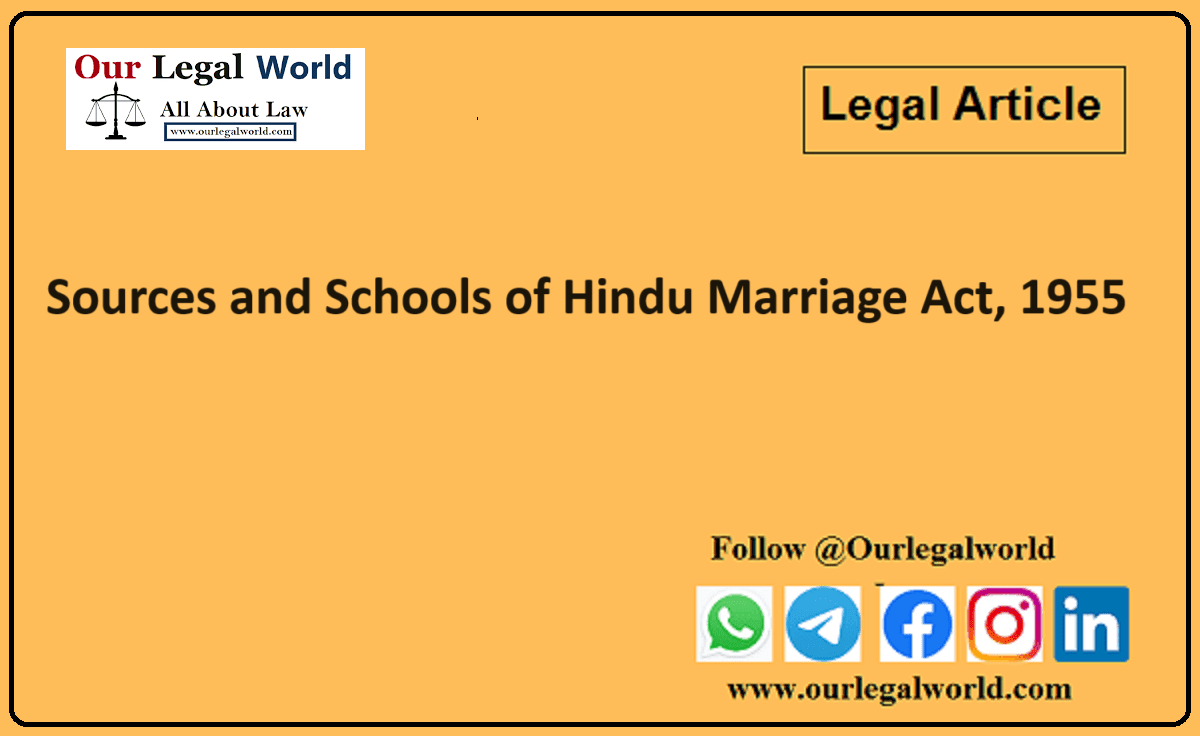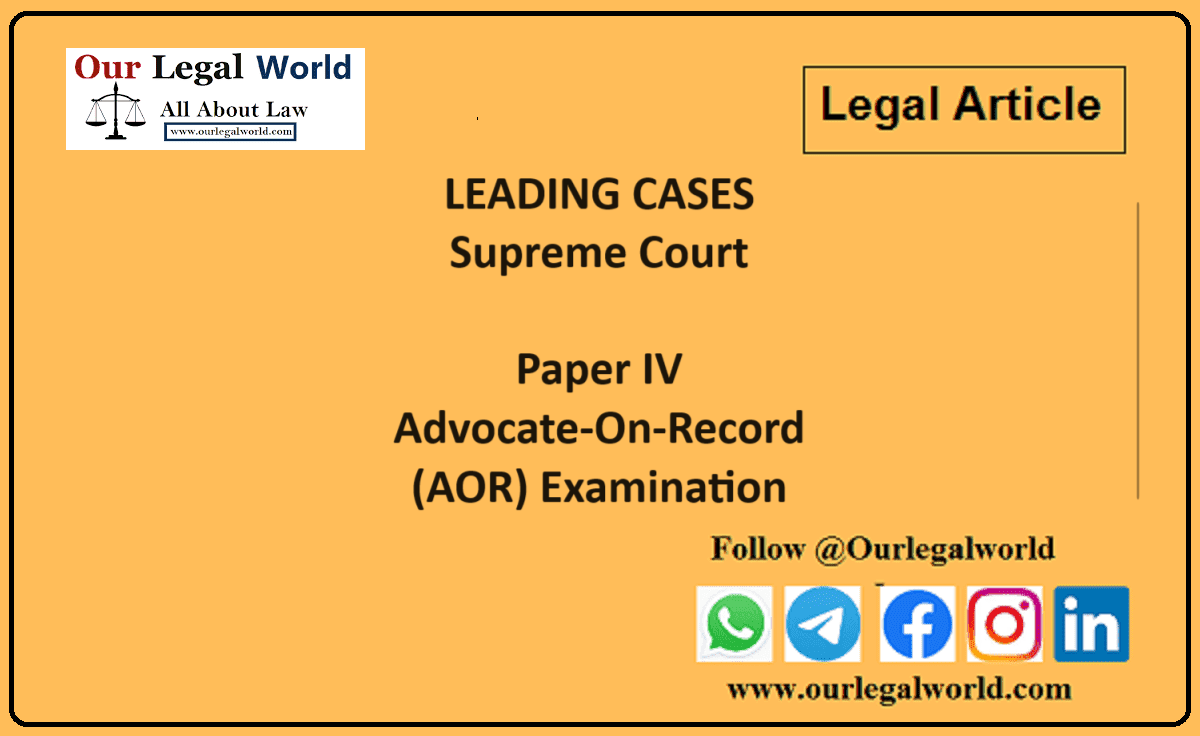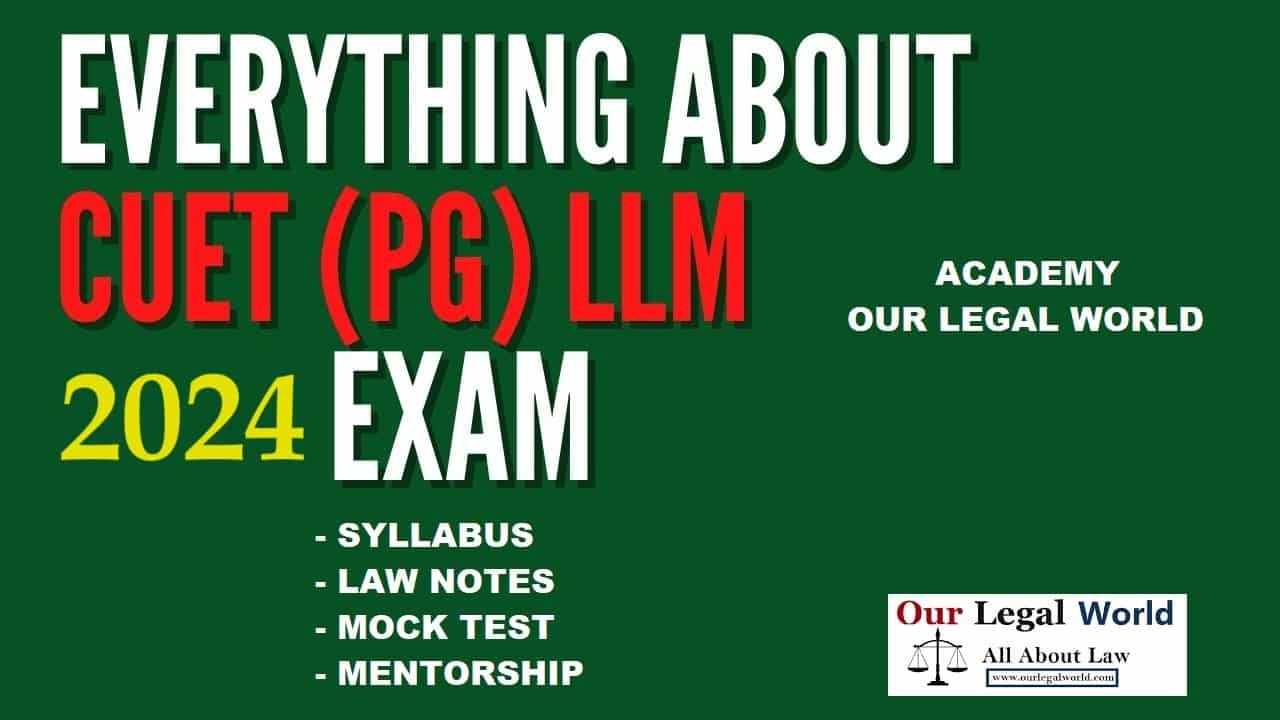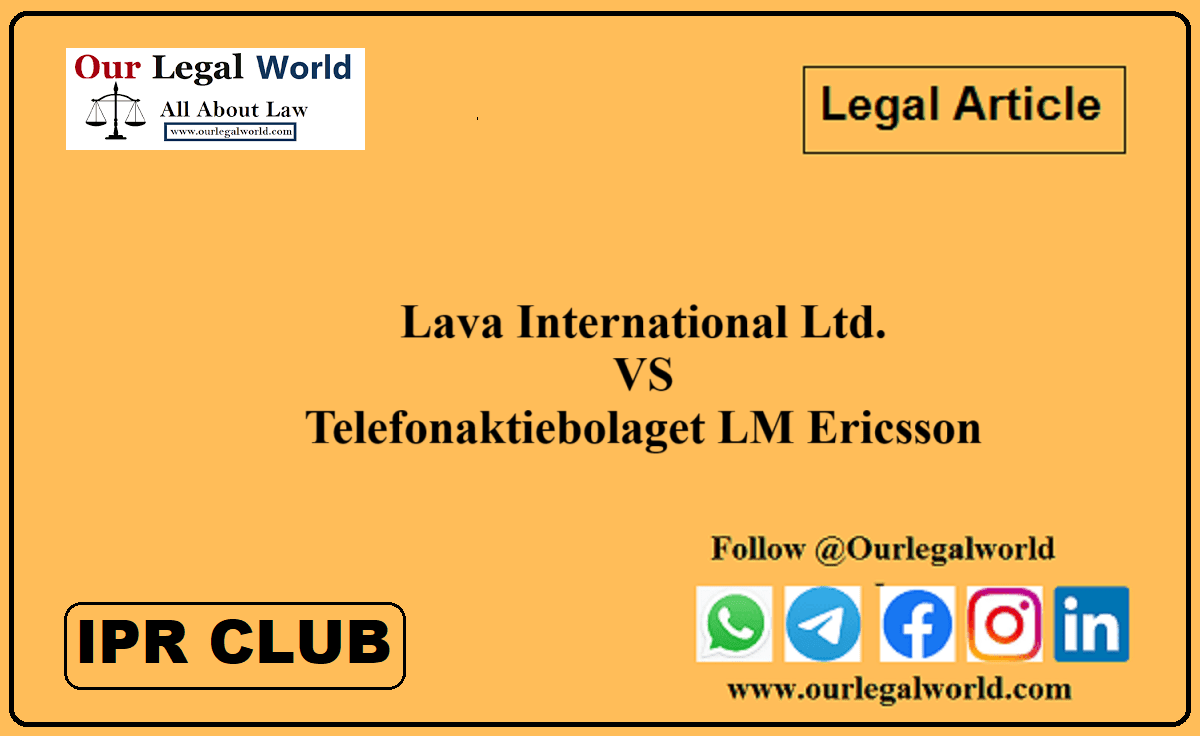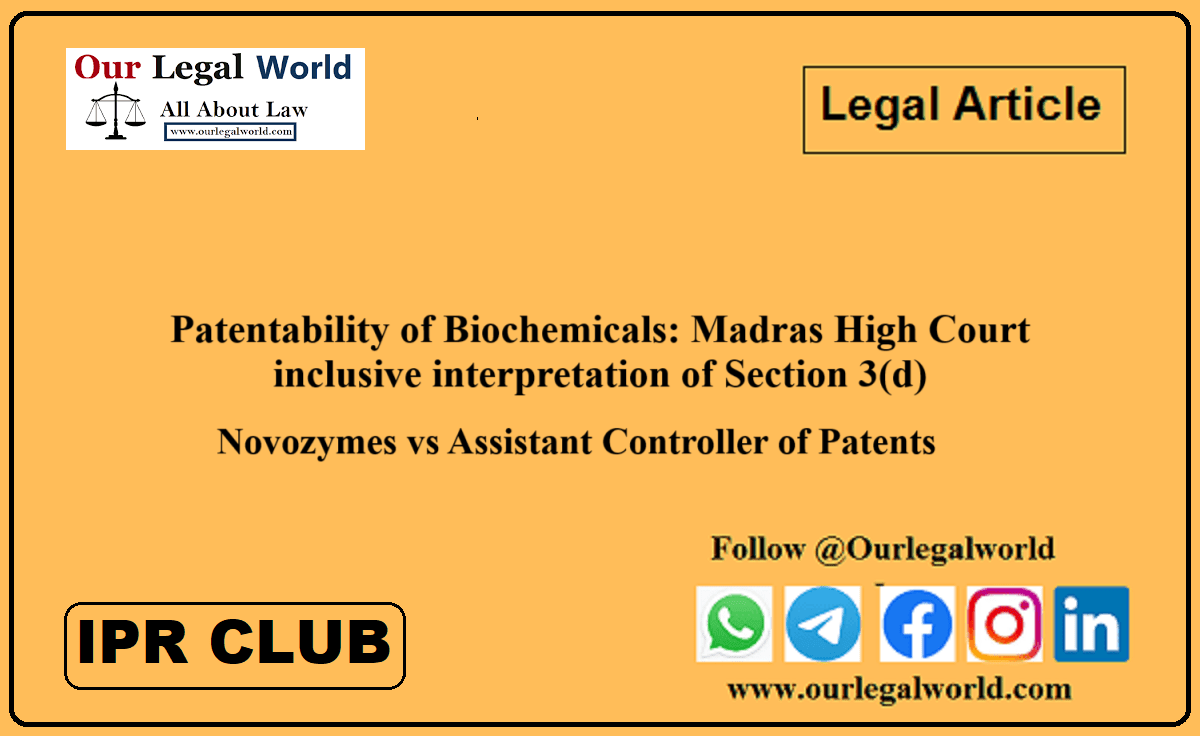Sources and Schools of Hindu Marriage Act, 1955
Written by KUSUM MALI
Introduction Of Hindu Law
Hindu law is regarded as the world’s oldest and most prevalent legal system. It has existed during every stage. It is roughly six millennia old. Hindu law was created by the people, not to eradicate crime or wrongdoing from society, but rather so that the people would adhere to it in order to find salvation. Hindu law was initially created to ensure that people’s needs were met. The idea was started with the welfare of the populace in mind.
The act’s main purpose was to amend and codify the law governing marriage among Hindus and others. Apart from amending and codifying Sastrik Law, it also included separation and divorce, both of which are recognized in Sastrik Law. This enactment provided legal consistency for all Hindus. In India, there are religion-specific civil codes that govern adherents of various other religions separately.
History
- The term “Hindu” originated based more on geography than religion, specifically Hinduism.
- “Hindu” is derived from “Sindhu.”
- The term “Sindhu” was originally used to refer to people who lived near the Sindhu river (now known as the Indus River). Later, the term “Sindu” was changed to “Hindu,” and it was used to refer to people who were neither “Muslims” nor “Chirstians.” Thus, the definition of Hinduism was, in a sense, more negative—that is, it defined who is not a Hindu—than positive—that is, it defined who is a Hindu.
Definition:
Under section 2(1) of Hindu Marriage act, 1955 any person would be considered a ‘Hindu’ for the purpose of law if he is
- A person who is Hindu by Religion in any of its forms or developments, which includes a Virashaiva, a Lingayat or a follower of the Brahma, Parthana or Arya Samaj.
- A person professing the Hindu, Buddhist, Jain or Sikh religion. (Also mentioned in Constitution of India Article 25, Explanation 11)
- A person who is not a Christian, Muslim, Parsi or Jew by Religion will be governed by Hindu Law unless it is proved that such person will not be governed by Hindu law.
- Any child legitimate or illegitimate both of whose parents are Hindu, Buddhist, Jains or Sikhs is Hindu.
- If only one of the parents is Hindu then the religion of the child would be decided on basis of his/her upbringing i.e whether the upbringing was a Hindu or not.
- Any person who is a convert to the Hindu, Buddhist, Jain or Sikh religion.
- Intention to be converted to a Hindu and conduct in that regard is enough proof to prove that you are a Hindu, No special ceremonies of conversion need to be done.
Sources and Schools of Hindu Marriage Act, 1955
Ancient sources of Hindu Law:
Shrutis (‘Shru’ means ‘to hear’): Shrutis is what was heard, no written material available at that time so the primary way to communicate the knowledge was orally by stages to their families & disciples which supplemented it and carried it forward.
Shrutis are made up of 4 Vedas
• Rigveda
• Yajurveda
• Samaveda
• Atharveda
Originally there were only the first 3 vedas & Atharveda was added later.
Rigveda is considered a tree of which the offshoots are Yajurveda & Samaveda.
Vedas described Hindu Society made up of patriarchal families. Each family was considered a unit of which the head was the oldest living ascendant called ‘Grihapati’
Smritis (which is remembered): The second source of Hindu law which is a body of texts which can be attributed to an author, unlike Shrutis which are authorless because they were transmitted & supplemented solely through generations
There are many smritis but the well known smritis are:
- Manu Smriti- oldest smriti written by ‘Manu’ but was supplemented further by generations because writing was not invented and it was transmitted orally. Brahmins had an eminent position in society and there was no right for women or shudras.
- Yajnavalkya Smriti- Written between the period of Buddha and Vikramaditya. It was more systematically arranged and was concise than Manu Smriti and it also more liberal than Manu smriti, it recognized some rights for women in regard to inherit and hold property and also gave a better status to shudras than Manu Smriti.
- Narada Smriti- Narada was a nepali sage and in this smriti we can see that he was very broadminded than Manu & Yajnavalkya because in this Smriti he recognised widow’s remarriage, a woman holding property, king made law given higher standing. The Smriti also laid down rules regarding pleadings, evidence of witnesses which was not mentioned at all in the previous smritis.
3. Commentaries and digest
• Commentaries and digests are the third ancient source of Hindu law. The purview of Hindu law has been enlarged by commentaries and digests. It was extremely important in shaping the idea of Hindu law itself. It aided in the smritis’ interpretation. A commentary refers to a single interpretation of the Smritis, whereas various interpretations are referred to as digestive. Mitakshara and Dayabhaga are regarded as the two most significant commentaries.
4. Customs
Customs is the tradition that has been practiced in society since ancient times. It is the type of practice which is under the continuous observation of the people has been followed by the people.
Further, the customs have been classified into two categories-
• Legal customs
• Conventional customs
- Legal customs: Legal custom is those customs which are enforceable or sanctioned by law. It can’t be deemed invalid until the law itself declares it invalid. There are two types of legal customs.
- Local customs: Local customs are the customs that are practiced in a local area. This type of custom is not highly recognized.
- General customs: General customs are the customs or traditions which are practiced in a large area. This type of custom is highly recognized by people.
Conventional customs: Conventional customs are customs that are related to the incorporation of an agreement and it is conditional.
SCHOOLS OF HINDU LAW
- Different schools of thought emerged as a result of the emergence of various commentaries on SMIRITI and SRUTI. One region of the country had commentary that was different from other regions’ commentary.
• School refers to the disputed rules and principles of Hindu law. It’s not standardized.
There are two Hindu legal schools:
a) Mitakshara
b) Dayabhaga.
Mitakshara School prevails throughout India except in Bengal. It is a running commentary on the code of Yajnavalkya (Yajnavalkya Smriti). Mitakshara is an orthodox School whereas the Dayabhaga is Reformist School.
Mitakshara- Rights in the joint family property is acquired by birth, and as a rule, females have no right of succession to the family property. The right to property passes by survivorship to the other male members of the family.
Dayabhaga- Rights in the joint family property are acquired by inheritance or by will, and the share of a deceased male member goes to his widow in default of a closed heir.
MITAKSHARA SCHOOL:
All across India, with the exception of the State of Bengal, is the Mitakshara School.
The Mitakshara School is founded upon the commentary of Vijnaneshwara, a renowned scholar and legislator from Gulbarga, Karnataka, on the Yagnavalkya code. The foundation of inheritance is the idea of propinquity, which states that the person closest in blood will inherit the property. The Sapinda are blood related. Hindu joint family property is inherited from birth. Thus, a son acquires ownership of the property as soon as he is born. Survivorship is the method used for devolution of property; however, the 2005 Amendment Act has since modified it. Because co-parceners’ shares change in response to their births and deaths, their respective shares in the joint family property are neither fixed nor ascertainable. Since his share is not known or determinable, the co-parcener does not have the absolute right to transfer his portion of the joint family property. A co-parcener’s widow cannot force her husband’s share to be divided against his brothers. A female co-parcener could never be achieved. However, the 2005 Hindu Succession (Amendment) Act gave women the same rights as men to co-participate in ancestral property. Significantly altered as a result of western influence.
Sub-Schools under the Mitakshara School:
There are four Sub-Schools under the Mitakshara School:
Dravidian School of Thought (Madras School of Thought) It is found in South India. In the case of a widow’s adoption, it was a strange custom that the sapindas’ consent was required for a valid adoption. (“Sapindas – blood relation.” The main authority accepted by this school is Devananda Bhatta’s Smriti Chandrika.
Maharashtra School: (Bombay School of Thought) It exists in Bombay (Mumbai) and Gujarat. The Bombay school has a complete work of religious and civil laws. This school accepts Nilakantha’s Vyavahara Mayukha as the primary authority.
Banaras School of Thought: Its authority extends throughout northern India, except in Punjab, where it is modified by customary law in rural areas. The main authority accepted by this school is Mitra Mishra’s Viramitrodaya.
Mithila School of Thought: This school of thought is found in Tirhut, North Bihar, and Uttar Pradesh near the Jamuna (Yamuna) river. This school accepts Vivad Chintamani by Vachaspati Mishra and Vivad Ratnakara by Chandeshwar Thakur as the primary authorities.
DAYABHAGA SCHOOL OF THOUGHT
Only Assam and Bengal have it. Dayabhaga is the title given to Jimutavahana’s commentary on the Yagna Valkya smriti and a few other smritis. Sub-schools are not present. It is not the same as Mistakshara School in a lot of ways. The primary foundation of Dayabhaga School is the yagnavalkya code as commented by Jimutuvahana. The principle of spiritual benefit forms the basis of inheritance. It is created by giving rice balls, or pinda offerings, to departed ancestors.
Only Bengal and a few areas of Assam adhere to this school. The following are this school’s primary characteristics:
- Pinda offerings are the basis of sapinda relations.
- Hindu joint family property is only entitled upon the father’s death, not at birth.
- Property devolution occurs through inheritance. Following the father’s death, the sons who are the legal heirs will receive specific shares.
- Every brother can transfer his portion of the joint family property since he owns a certain portion of it.
- If there are no male descendants, the widow has the right to enforce the partition and inherit her husband’s portion.
- Following the husband’s passing, the widow and other brothers of the deceased become co-parceners. She is able to make her share get divided.
Also Read: Conjugal Rights under Hindu Marriage Act, 1955- Our Legal World
Modern Sources
Judicial Decision
Judgments are regarded as the most significant component of contemporary sources. A judge’s decision is regarded as final and authoritative. The precedent doctrine was developed and applied to cases with similar facts and circumstances to a case that had already been decided.
The laws are regarded as the codification of customs, and they are crucial in extending the meaning of Hindu law. Enacted by the parliament, laws are made.
Legislations
• When a conflict arose, different parts of India had different practices, which caused confusion.
• Legislations were the simplest way to make the law uniform.
• Legislation is concrete, easily accessible, discernible, and authoritative.
• In the beginning, most laws were reformative in nature.
• The caste disabilities removal act, 1856- to protect a person’s property rights after converting to another religion or being expelled from the caste or community.
• The Hindu Widows Remarriage Act of 1856 established the right of Hindu widows to remarriage.
• The 1870 Hindu Will Act
• The Special Marriage Act of 1872 was enacted to allow inter-religious and inter-caste marriages.
III. Modern Legislations
• Sir Benegal Narsing Rau was appointed as Chairman of the Hindu Law Committee in 1944.
• The committee’s goal was to create a Hindu uniform code and bring all Hindus under this code. In 1948, a draft code was created.
• But Hindus objected, claiming that the new code would be an attack on the “Sacred law.”
• Jawaharlal Nehru decided to abandon this idea, which enraged Ambedkar, who resigned in protest in 1951.
In any case, the code was divided into four sections:
o The Hindu Marriage Act of 1955
o The Hindu Succession Act of 1956
o The Hindu Minority and Guardianship Act of 1956
o The Hindu Adoptions and Maintenance Act of 1956
These acts modernized the law applicable to Hindus by retaining the fundamental framework while reforming it to some extent where necessary.
Conclusion
Hindu law schools are regarded as the fundamental sources of Hindu law that contributed to the evolution of Hindu law from its inception. It is sometimes referred to as the Smritis’ commentaries and digestives. These institutions have both directly contributed to and expanded the application of Hindu law.
Reference:
- https://www.legalserviceindia.com/legal/article-5600-schools-of-hindu-law.html
- https://blog.ipleaders.in/sources-schools-hindu-law/
- Book: Family Law by Dr. Paras Diwan’s
Hindu Law by R.K. Agrawal
